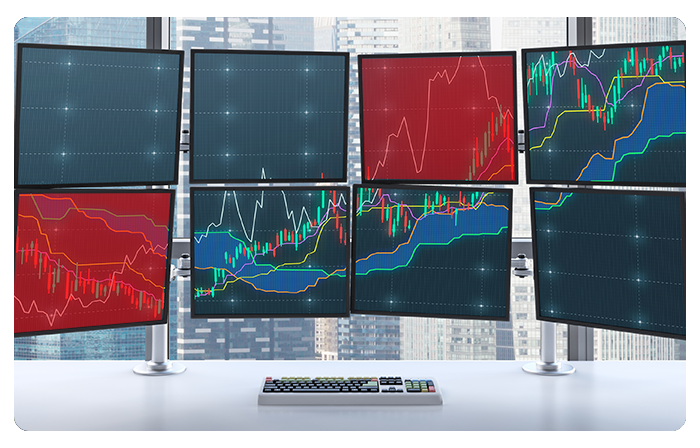Japanese candlesticks typically consist of four parts: the body, the upper shadow, the lower shadow, and the real body.
- The Body: The body represents the difference between the opening and closing prices of an asset for a given time period. The color of the body is also significant, with a white or green body indicating that the closing price was higher than the opening price, and a black or red body indicating that the closing price was lower than the opening price.
- The Upper Shadow: The upper shadow represents the highest price of an asset during the given time period. It is the line extending upward from the top of the body.
- The Lower Shadow: The lower shadow represents the lowest price of an asset during the given time period. It is the line extending downward from the bottom of the body.
- The Real Body: The real body is the combination of the body and the shadows, and it represents the entire price range of an asset for the given time period.
There are two types of candlestick illustrations. Usually the following information is shown: opening, closing, minimum, maximum prices, and the opening price relative to the previous day’s closing price. These illustration techniques are described in detail in this lesson.














